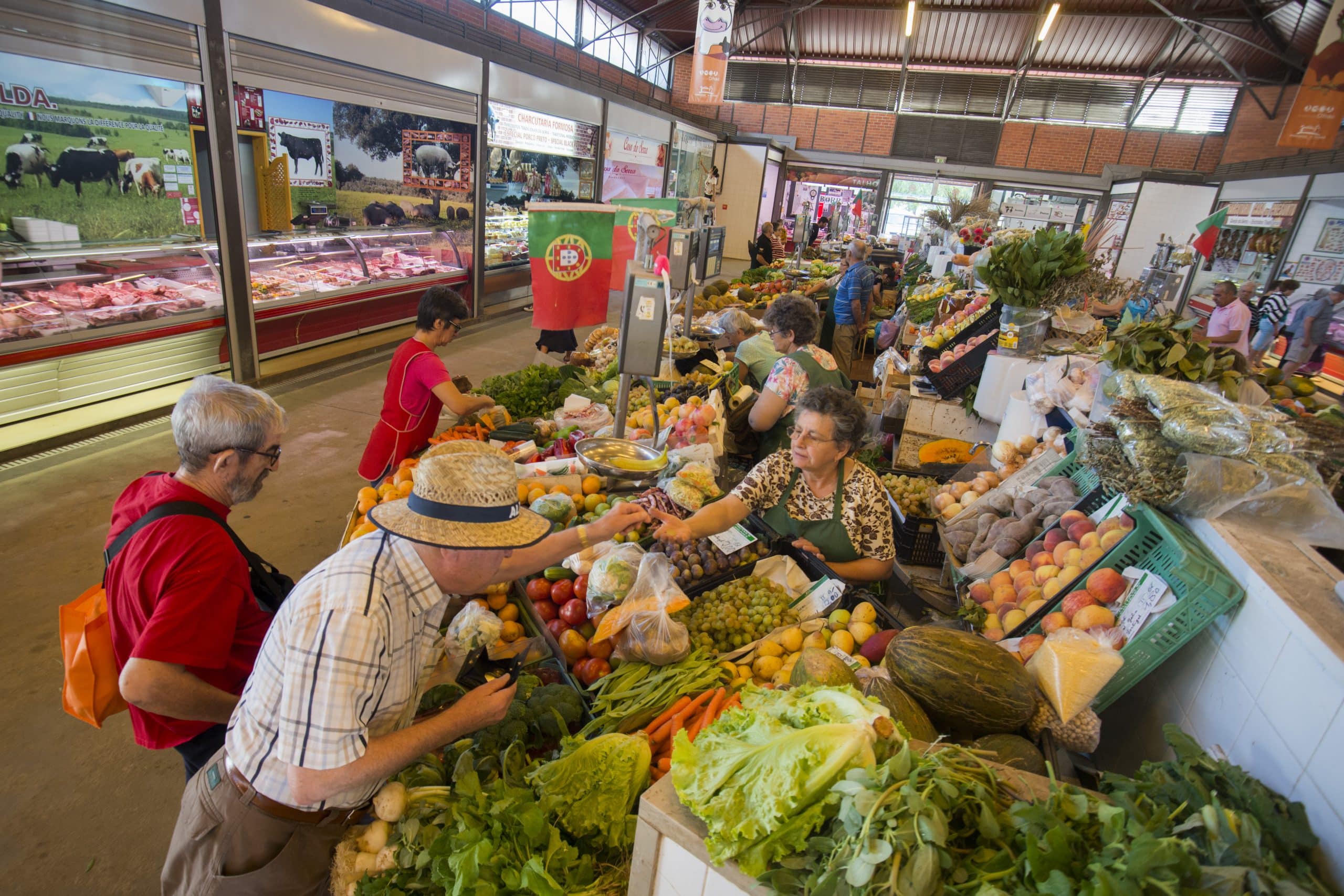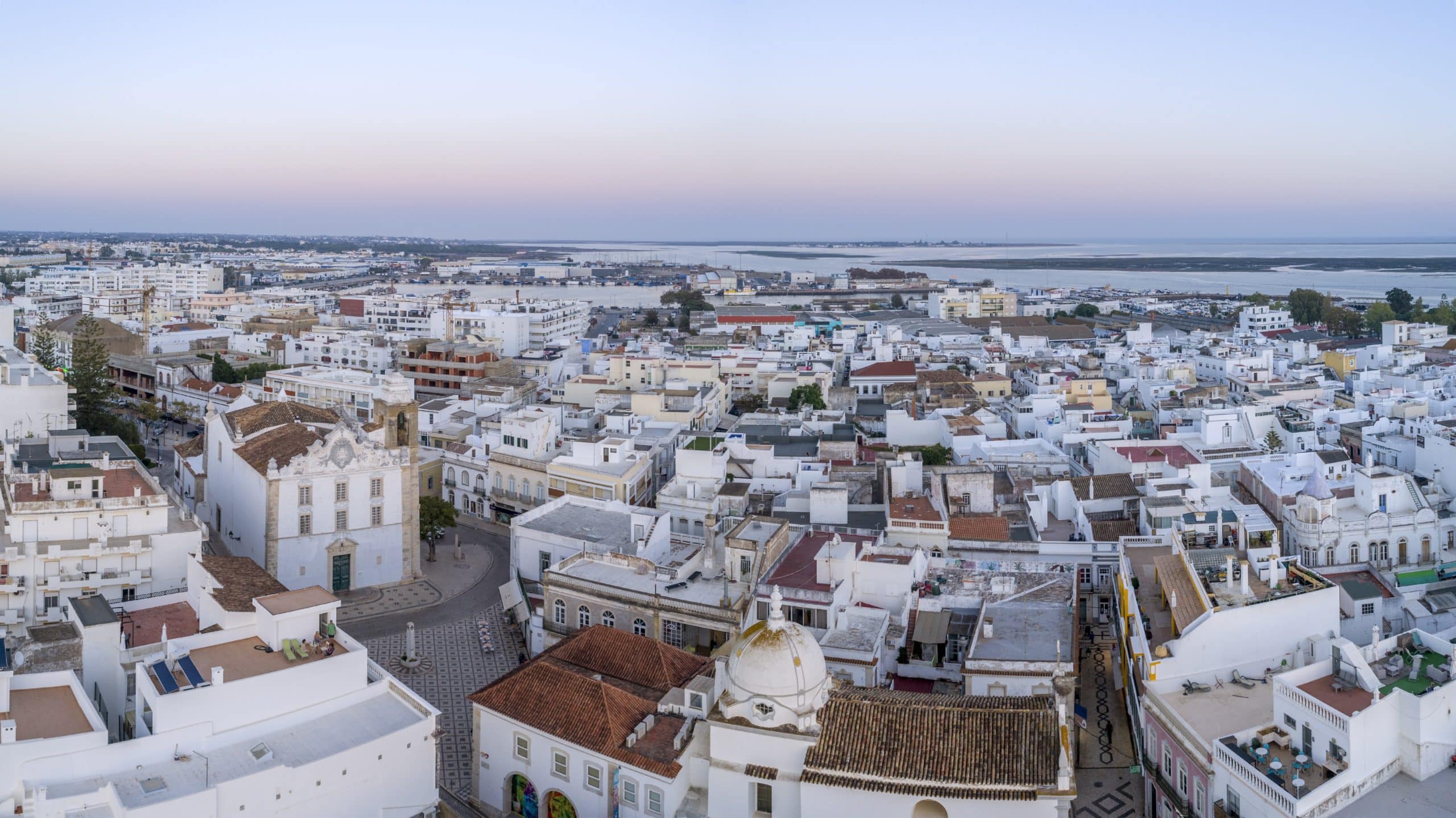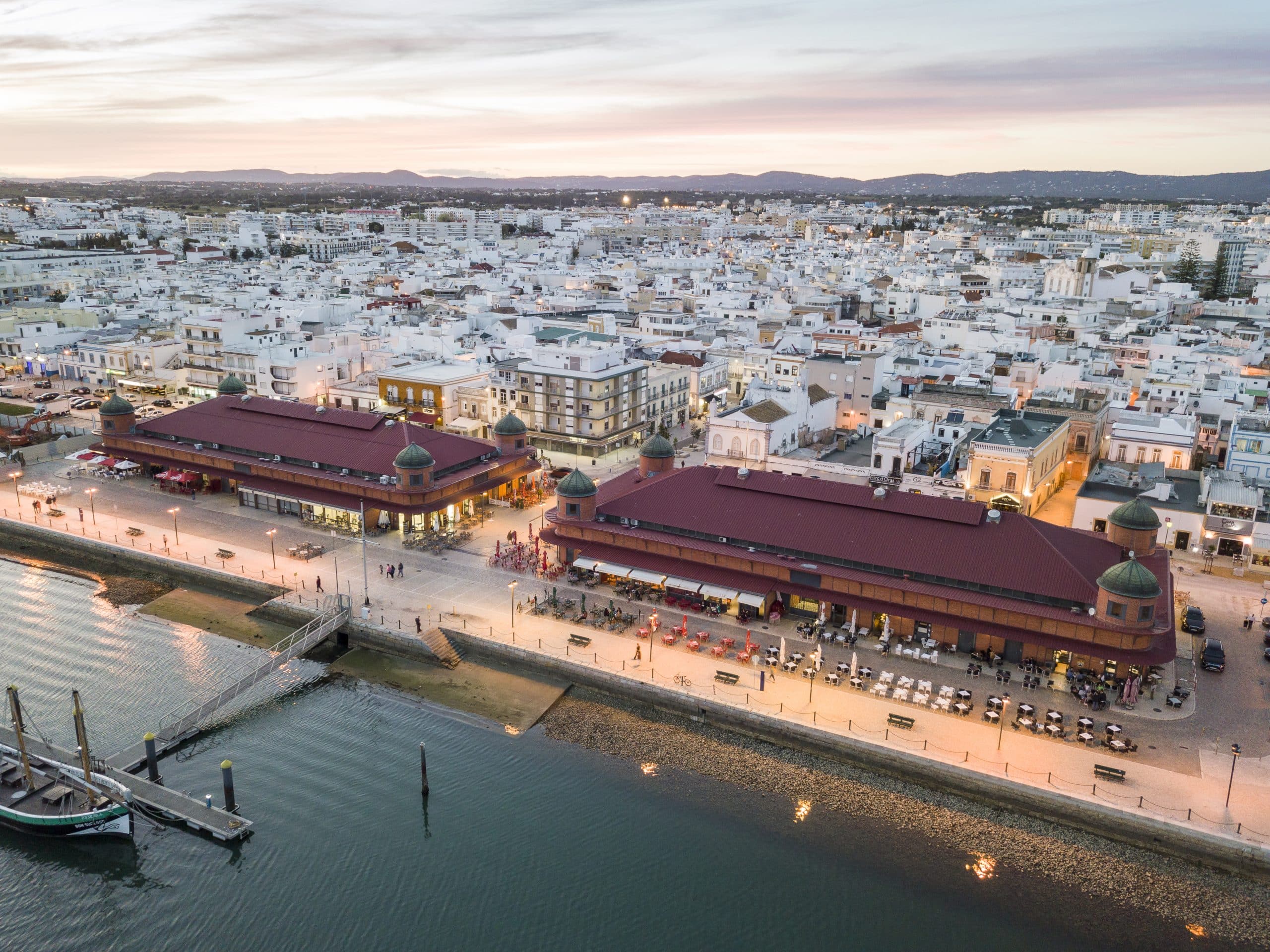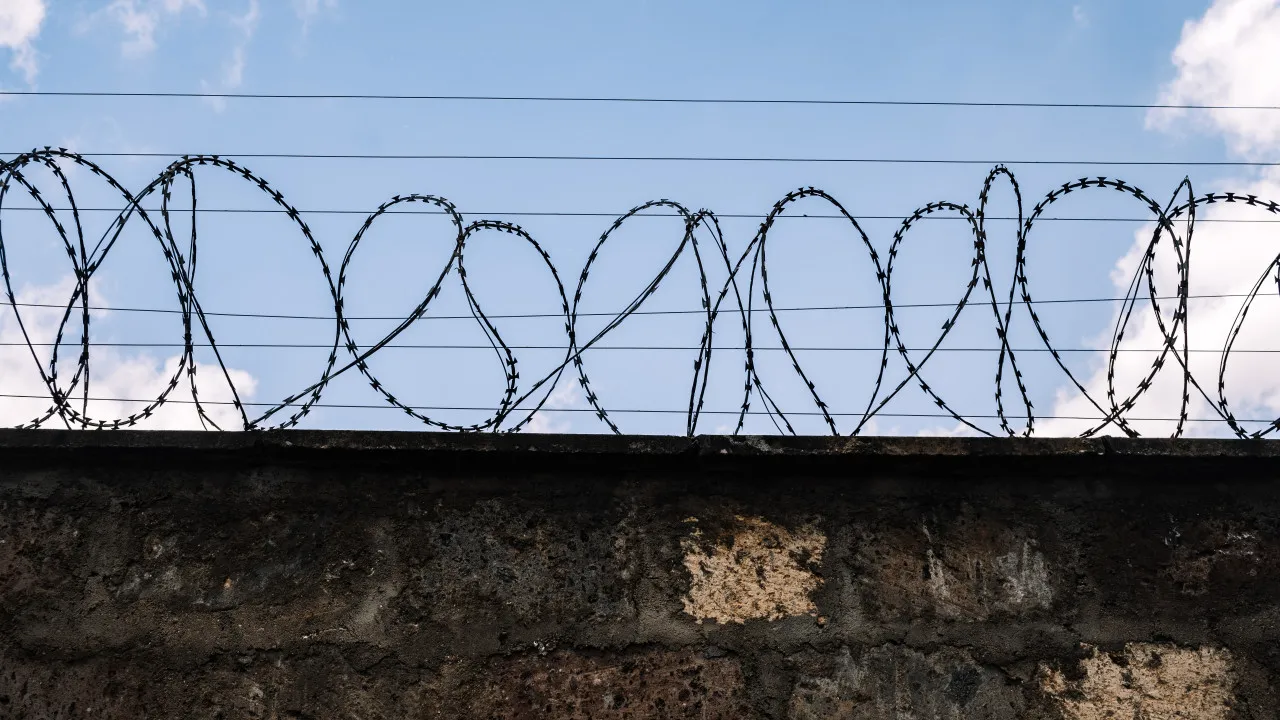The measure, approved by the municipality in April, should be published in the next few days in the Diário da República, and then come into force, making Olhão the third municipality in the Algarve to apply a tourist tax, after Vila Real de Santo António and Faro.pp
The Olhão City Hall, in the Algarve, should start to apply in the next days a tourist tax of two euros per night during the high season, hoping to collect up to 300 thousand euros per year, the mayor told Pp.

“The tourist tax is a contribution that tourists leave in the territory to minimize their footprint,” summarized the mayor of the municipality, António Miguel Pina, to the Lusa agency, who expects to receive an annual revenue with the measure of “between 250 and 300 thousand euros.

The measure, approved by the municipality in April, should be published in the next few days in the Diário da República, and then come into force, making Olhão the third municipality in the Algarve to apply a tourist tax, after Vila Real de Santo António and Faro.
The fee will be two euros during high season and one euro during low season (November 1 to March 31). Minors under 16 years of age and stays of more than five nights are exempt, which means that each tourist will pay a maximum of 10 euros.

António Miguel Pina explained that this decision has to do with the profile of the tourists who usually come to the county, in most cases, families with children.
The Intermunicipal Community of the Algarve (AMAL) had already approved the application of an identical tourist tax of two euros, taking into consideration proposals made by the two largest hotel associations in the region and the Algarve Tourism Region (RTA).

Olhão City Council intends to use 50% of the revenue from the new tax to “minimize the effects of tourist pressure, namely in cleaning and increasing security.
The president of AMAL also says that the council is “available” to allocate 10% of the revenue from the tax to the tourist promotion of the Algarve and 10% to other projects within the association that represents the 16 municipalities of the Faro district.








